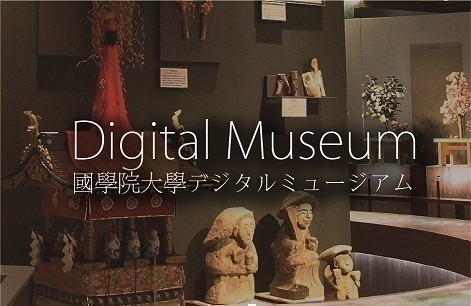- トップ
- Encyclopedia of Shinto
- Shichigosan
Encyclopedia of Shinto
| Main Menu: | |
| Links: |
詳細表示 (Complete Article)
| カテゴリー1: | 5. Rites and Festivals |
|---|---|
| カテゴリー2: | Rituals in Daily Life |
| Title | Shichigosan |
| Text | A celebration for three-, five-, and seven-year-old children. Generally, on November 15th boys aged three and five and girls aged three and seven are dressed in their best clothes and taken on a pilgrimage (sankei) to their ujigami (clan or tutelary kami) to express gratitude and pray for their continued health and safety. Sometimes formal banquets are also held for this occasion. In ancient times, both boys and girls would be shorn of their hair until they turned three, when a formal ceremony called the kamioki would be held after which they were allowed to grow it out. There was also a ritual called hakama-gi for five-year-old boys in which they would put on a hakama for the first time. For seven-year-old girls there was the obitoki, a ritual of replacing the narrow belt (tsukehimo) of a child's kimono with the much wider obi. The particulars such as which sex does what at what age and the name for those celebrations varied based on region, era, and a child's social standing, but generally we can say that these age-based rituals were conducted to pray for and celebrate children's maturation from the precarious stage of infancy (yōji) into the more stable stage of childhood (jidō). Shichigosan refers collectively to the performance of such rituals. Although the date on which it is celebrated—the fifteenth of the eleventh month or November 15th—was already considered to be an auspicious day, shichigosan became specifically associated with it when the fifth Tokugawa shōgun, Tsunayoshi, conducted rites for his child Tokumatsu on this day. In terms of rituals related to the maturation of children similar to shichigosan, a practice called jūsan mairi was once widely known in the Kansai region. This custom entailed children who had turned thirteen years old making a pilgrimage to a temple dedicated to the bodhisattva Kokūzō. Also, in farm villages it was more common to hold a ceremony for each year of childhood rather than the shichigosan practice of celebrating them collectively. Notwithstanding, shichigosan came to be conducted in grander fashion from the Taishō era onward, and these practices grew in elegance as they spread across the nation. In Tokyo, many pilgrims visit Meiji Jingū and other famous shrines at the time of shichigosan. Also, the selling of chitoseame ("thousand-year candy") as a souvenir of shichigosan, a practice that began at the shrine Kanda Jinja, in Asakusa, and other Tokyo sites, is said to have become widespread. — Yumiyama Tatsuya |





